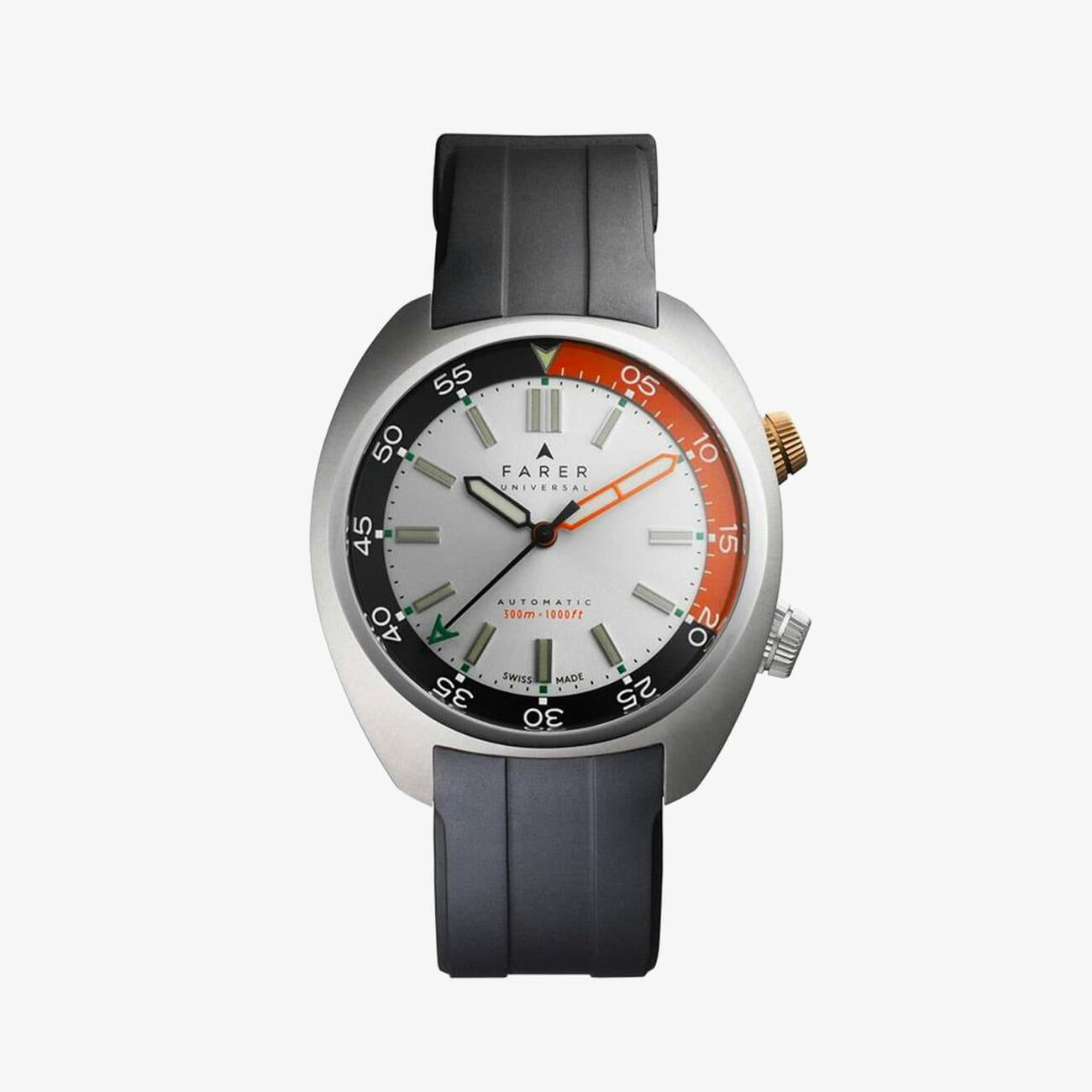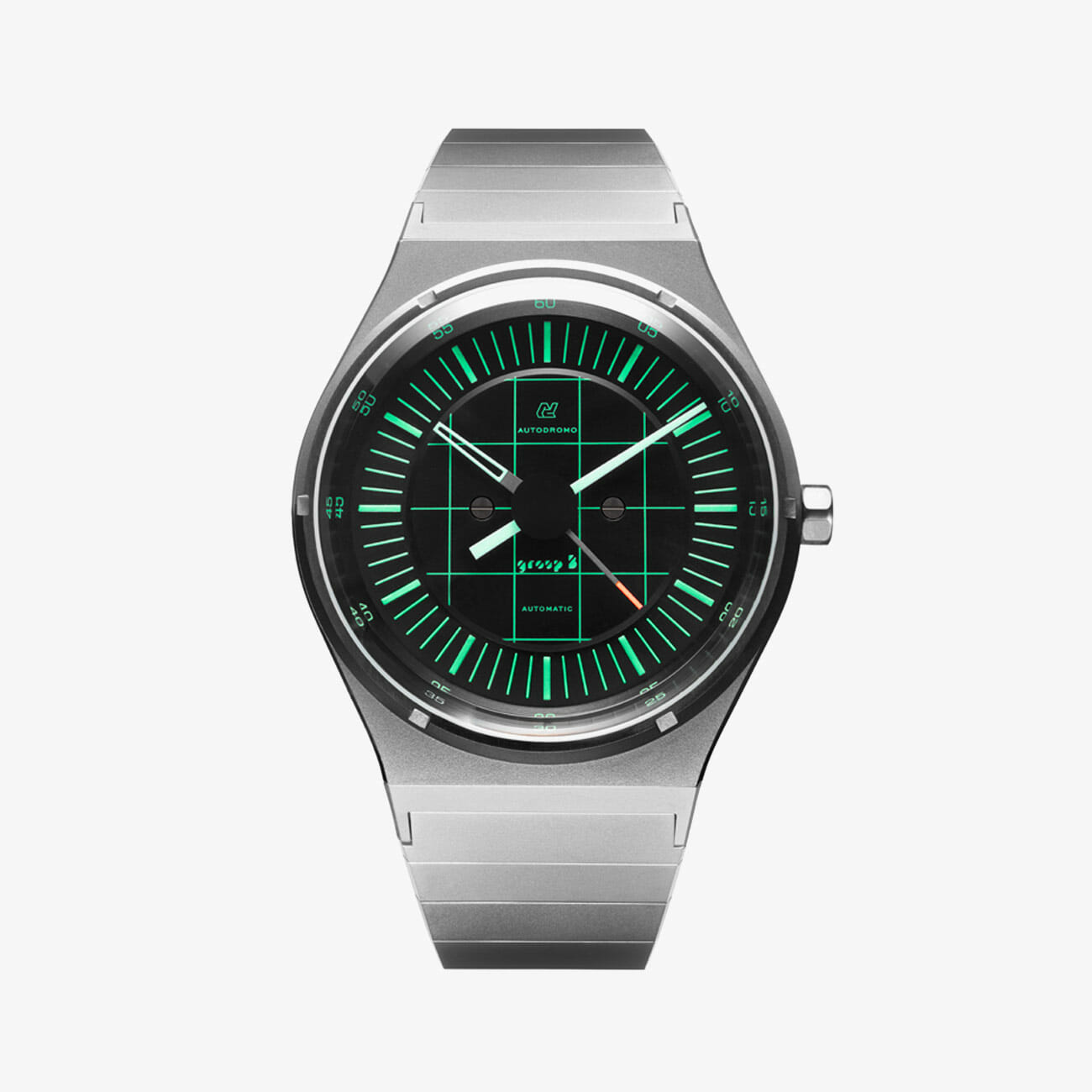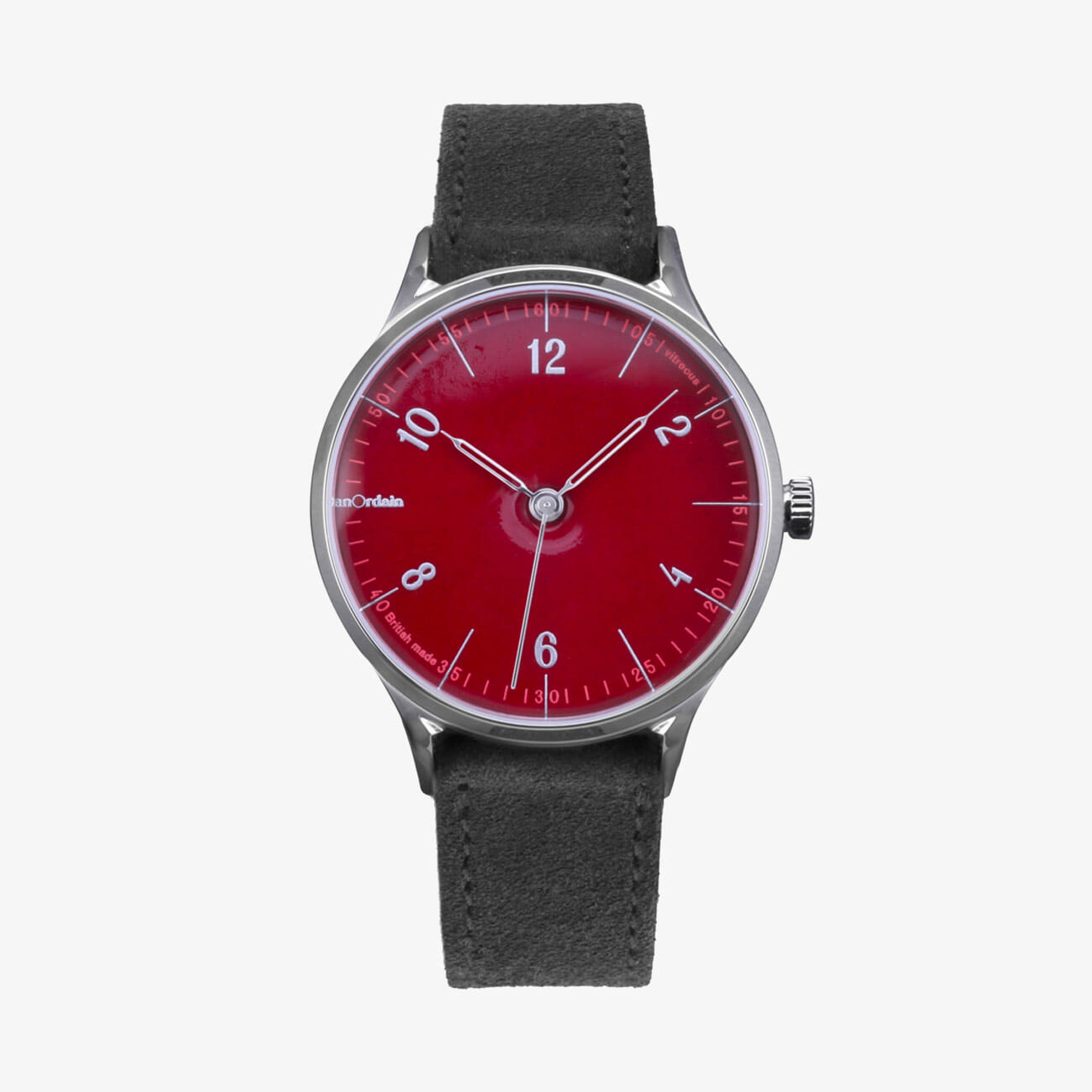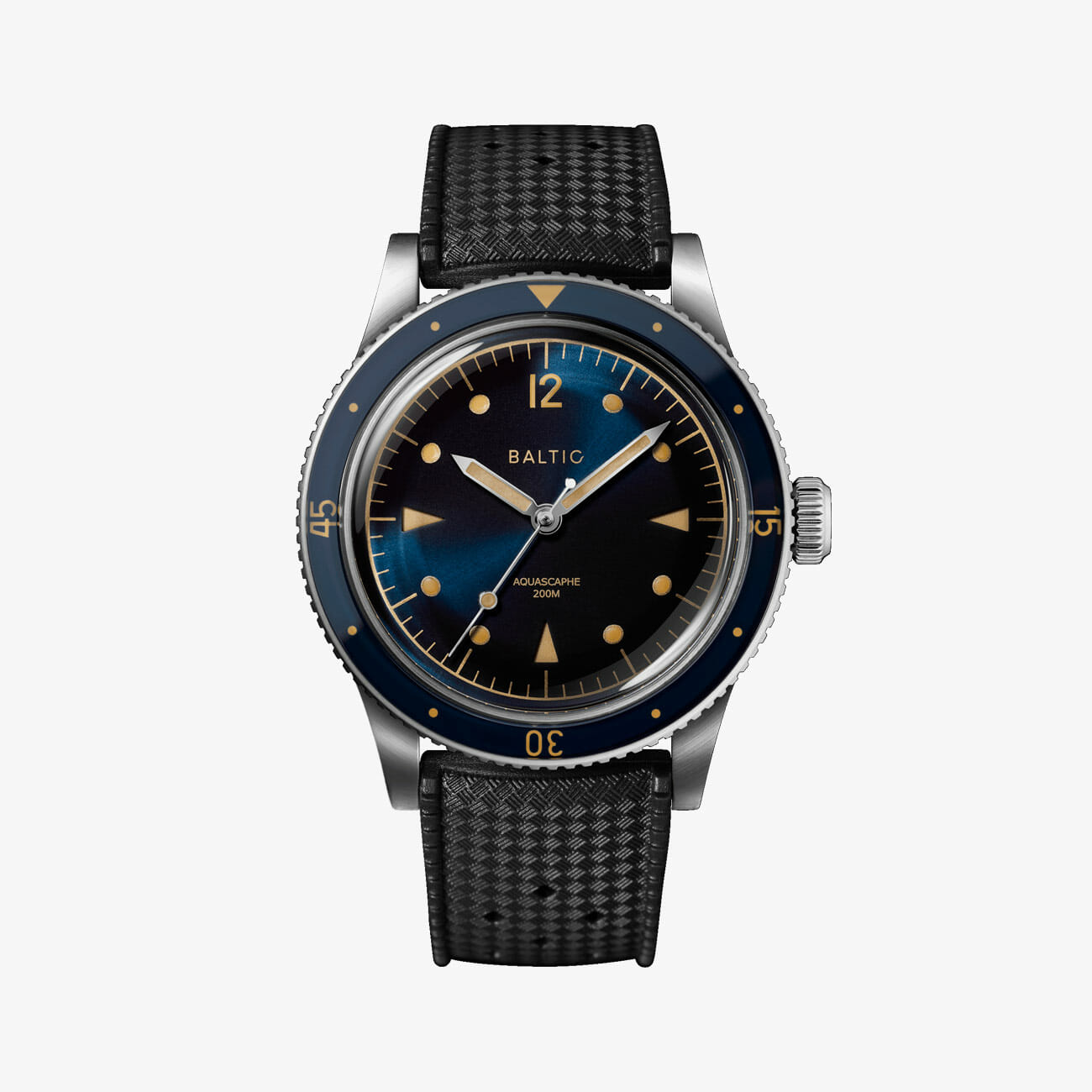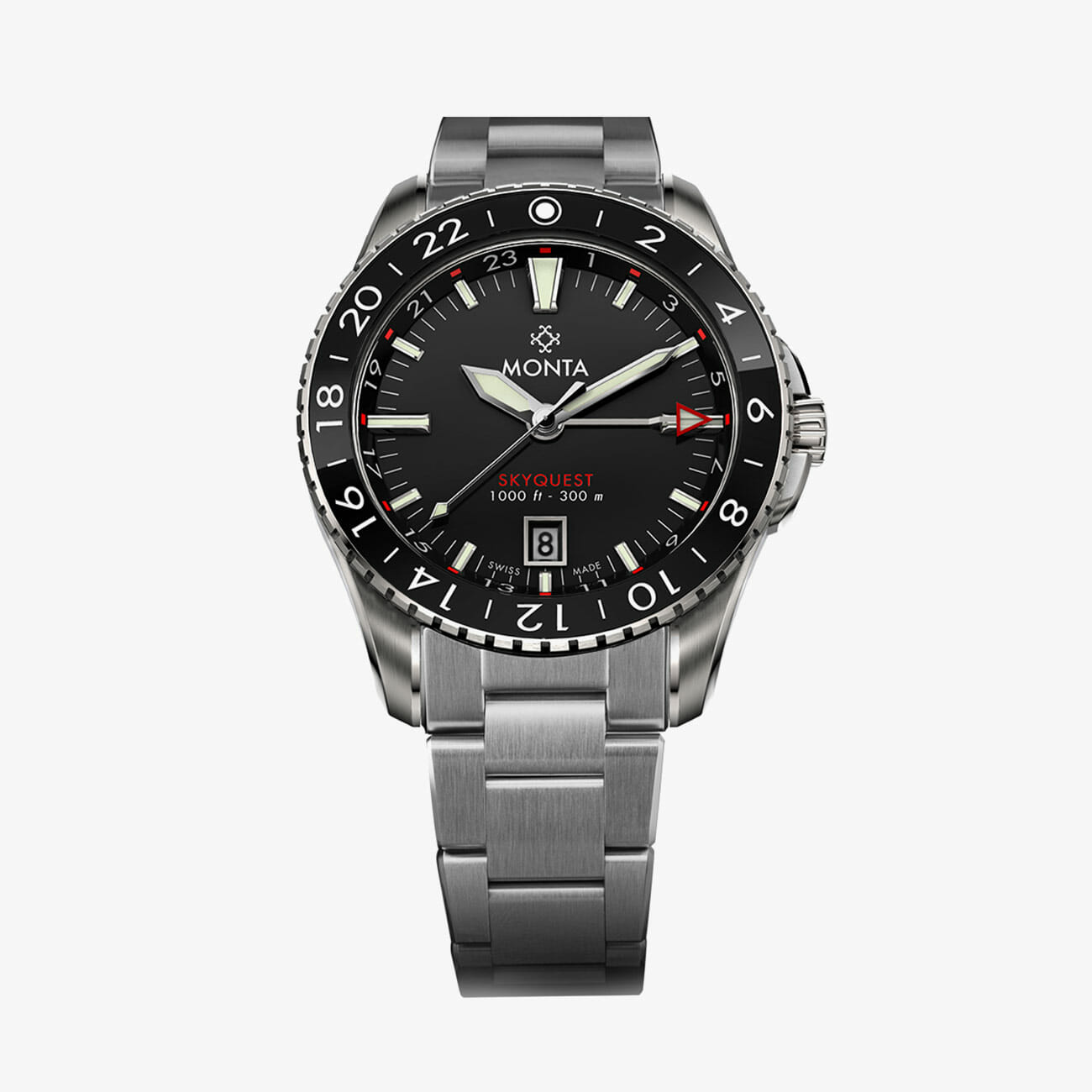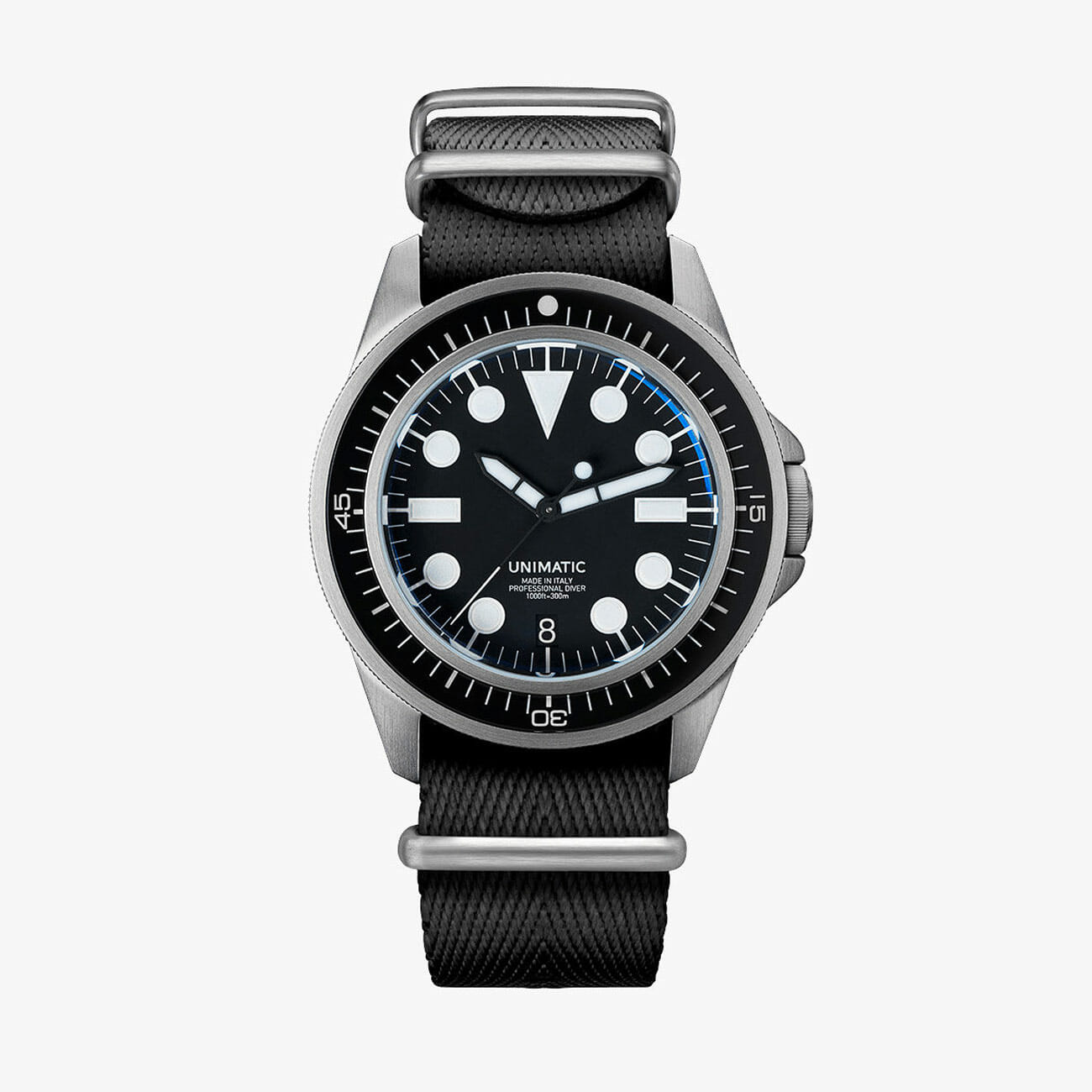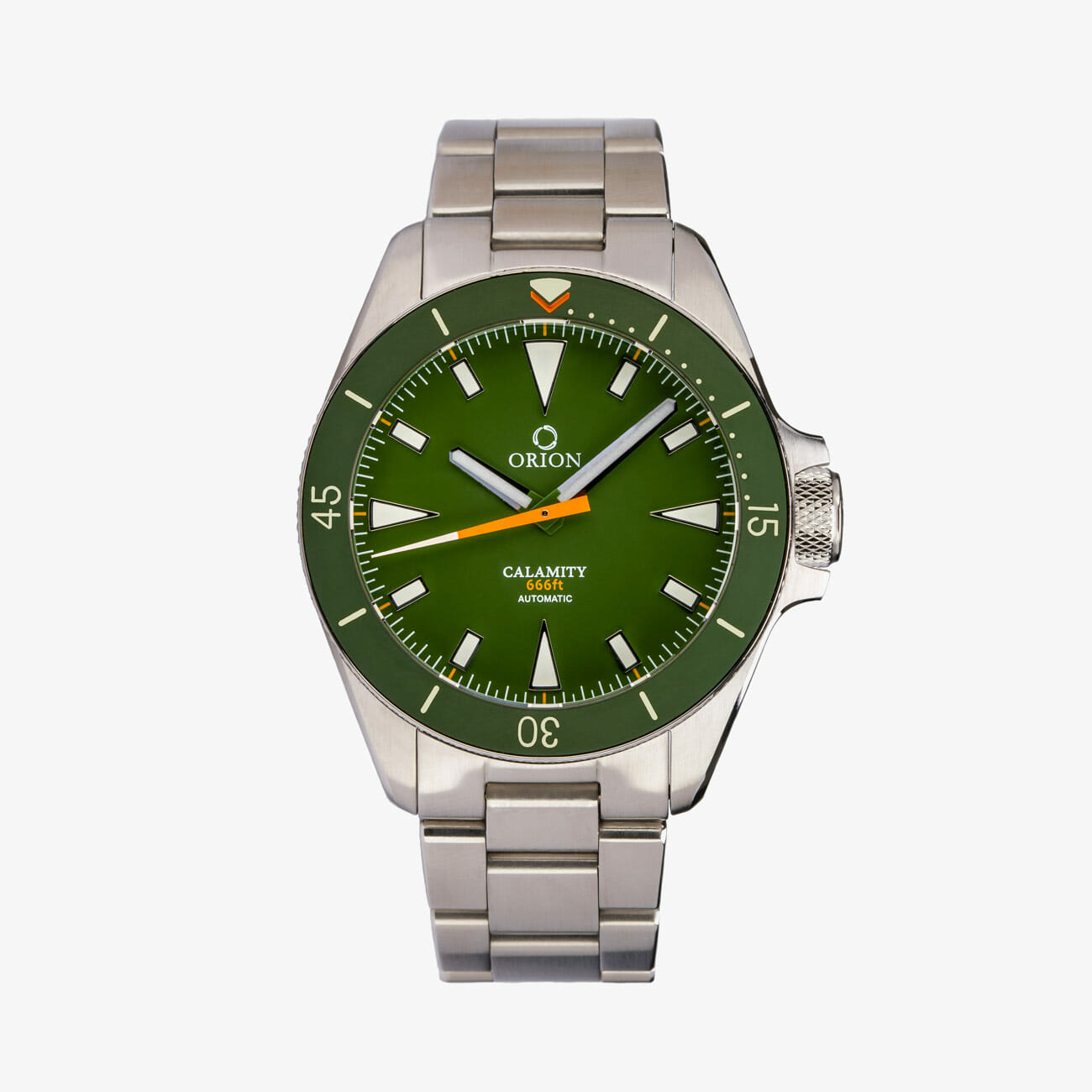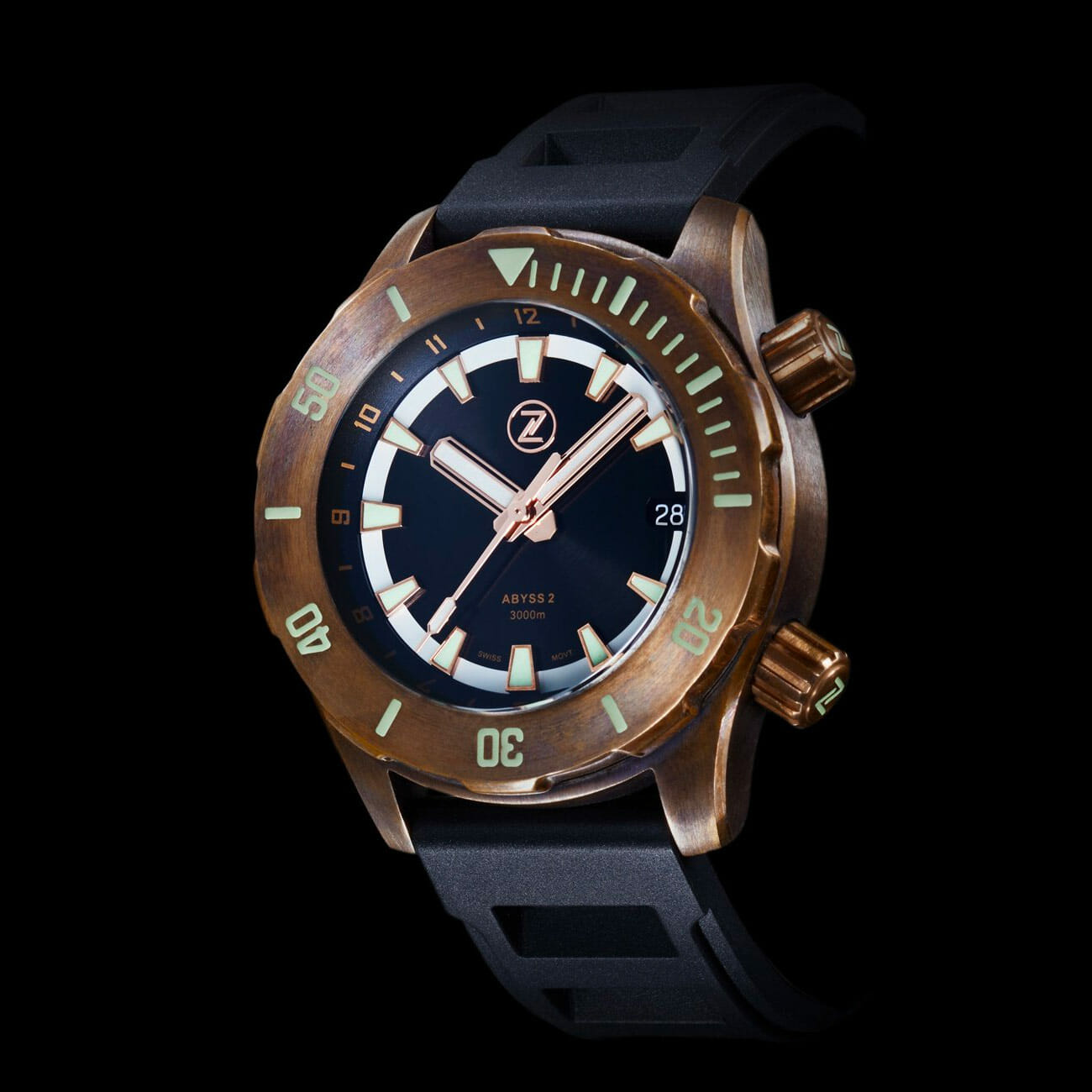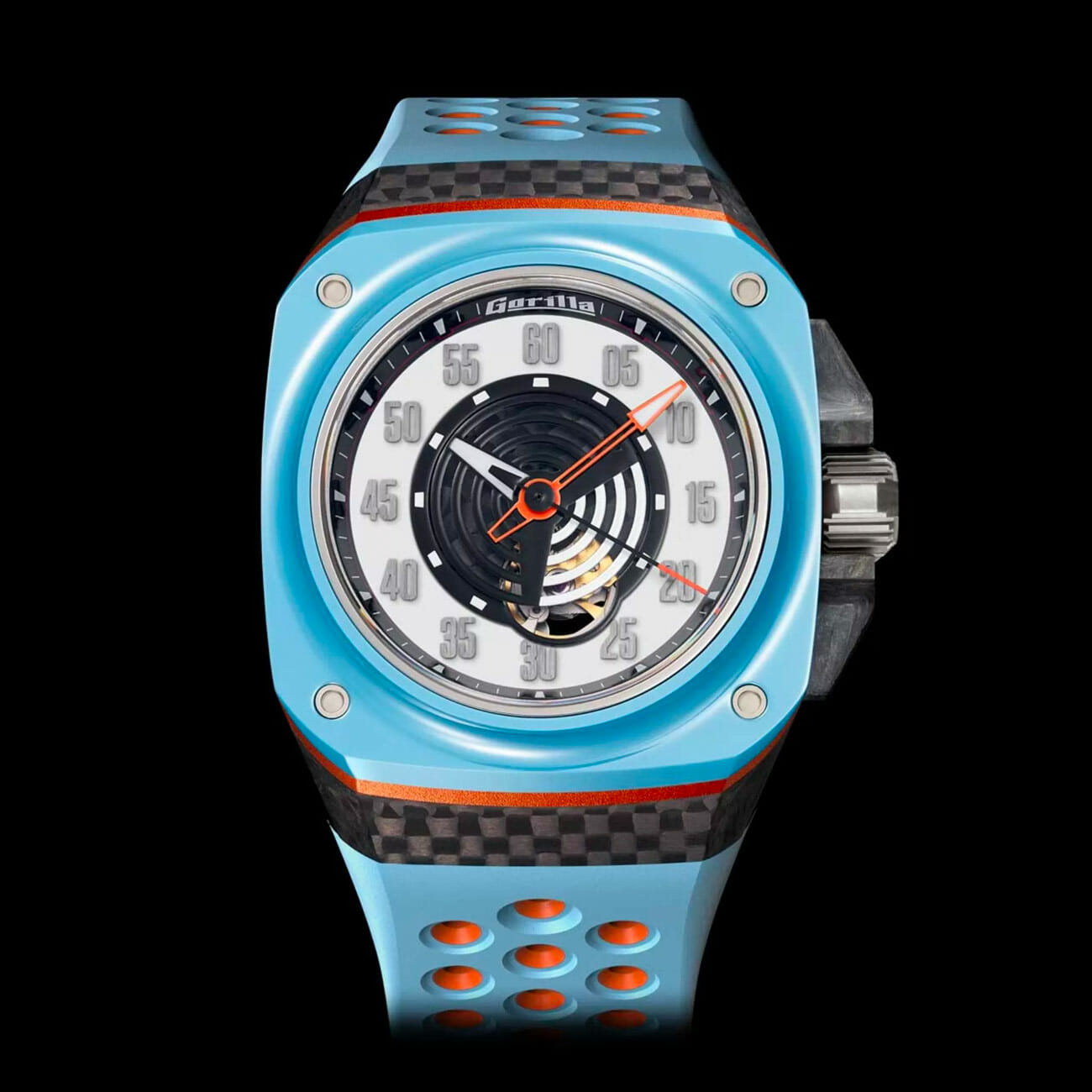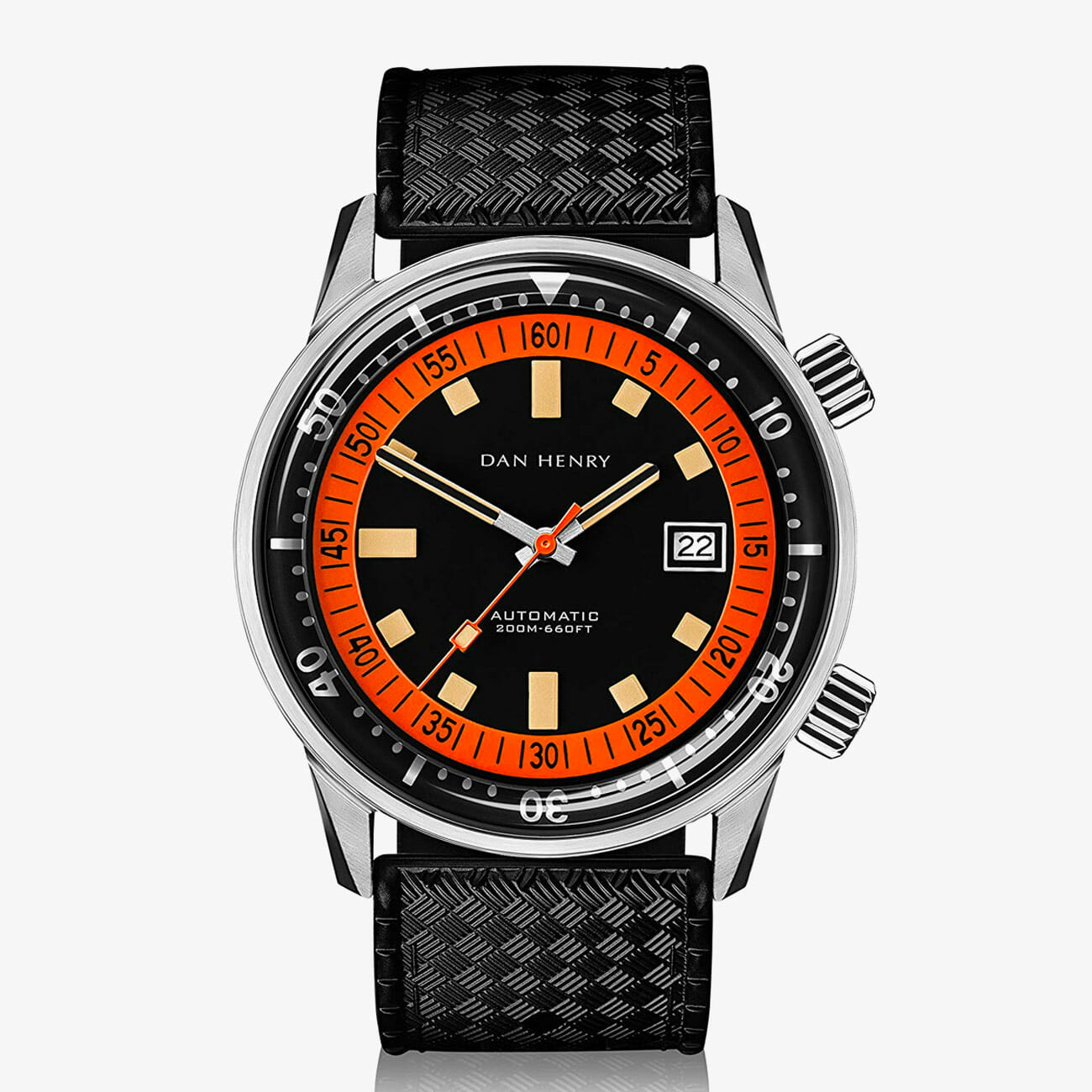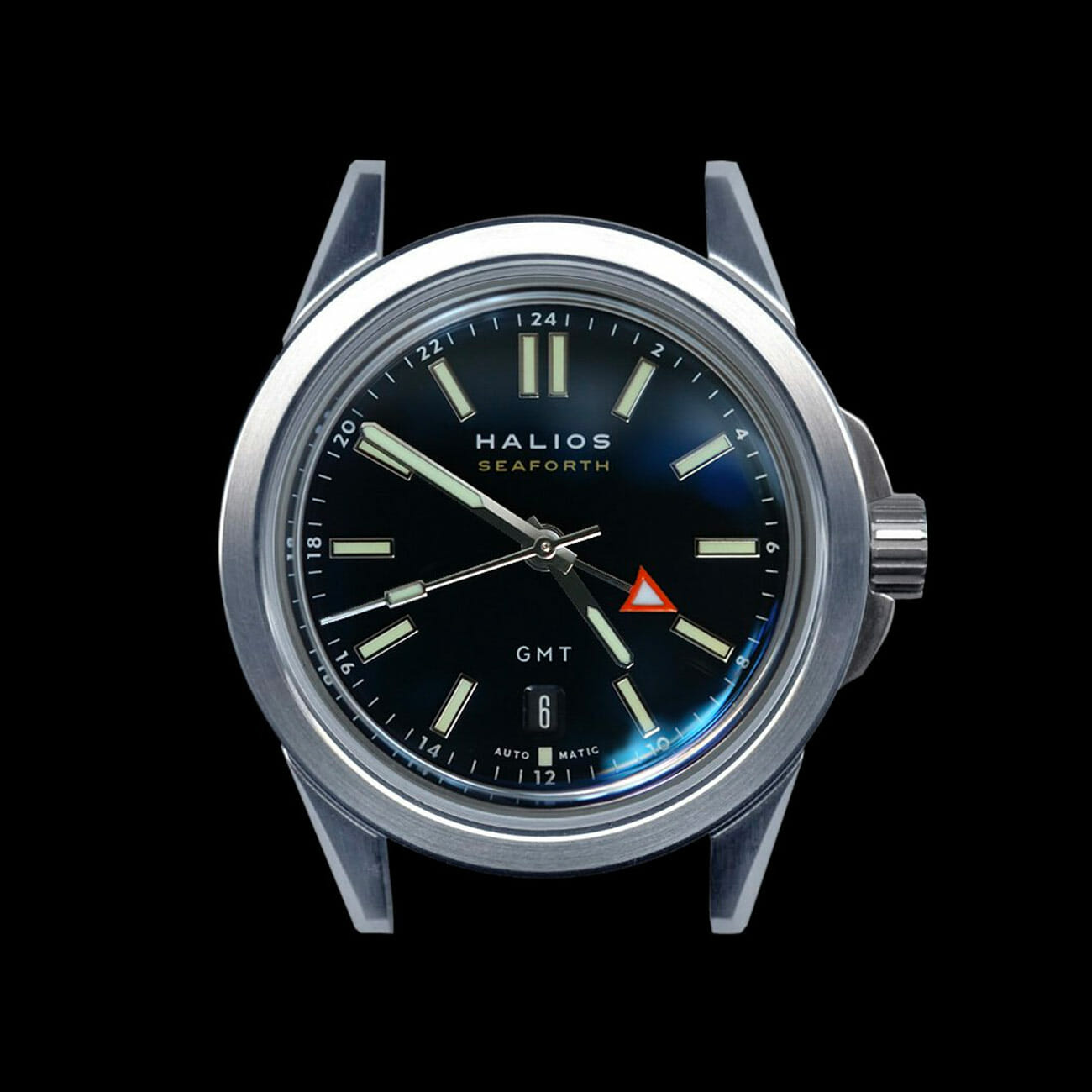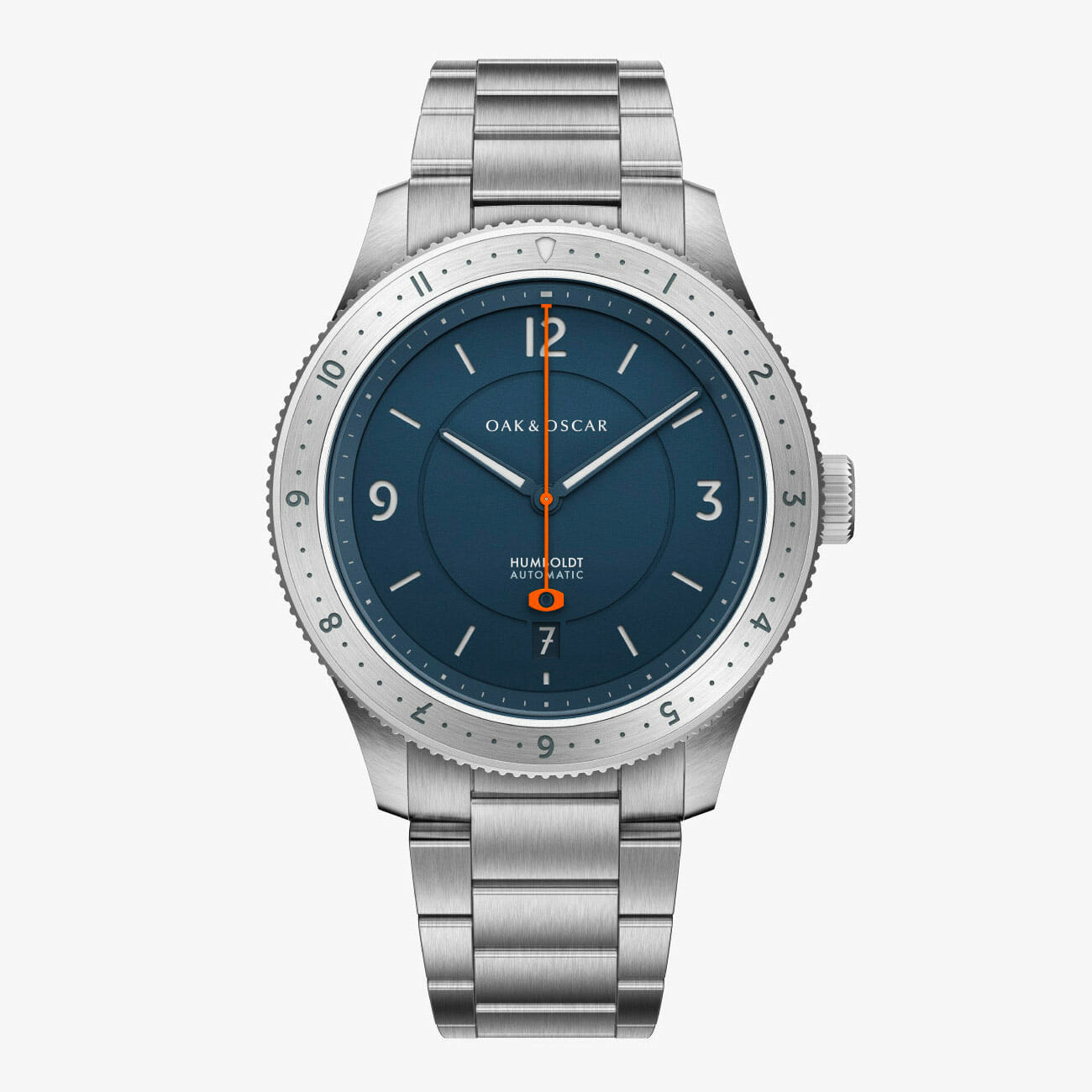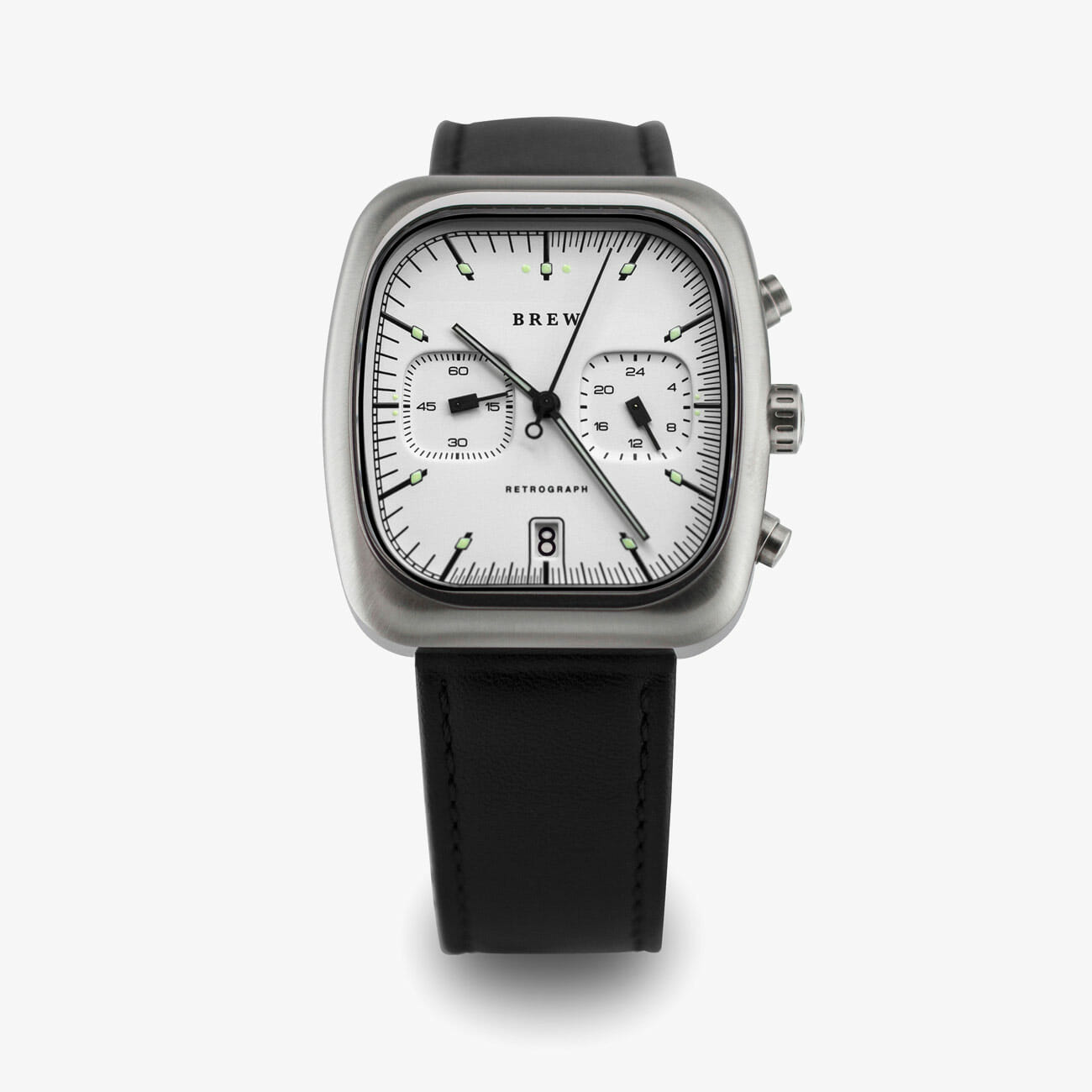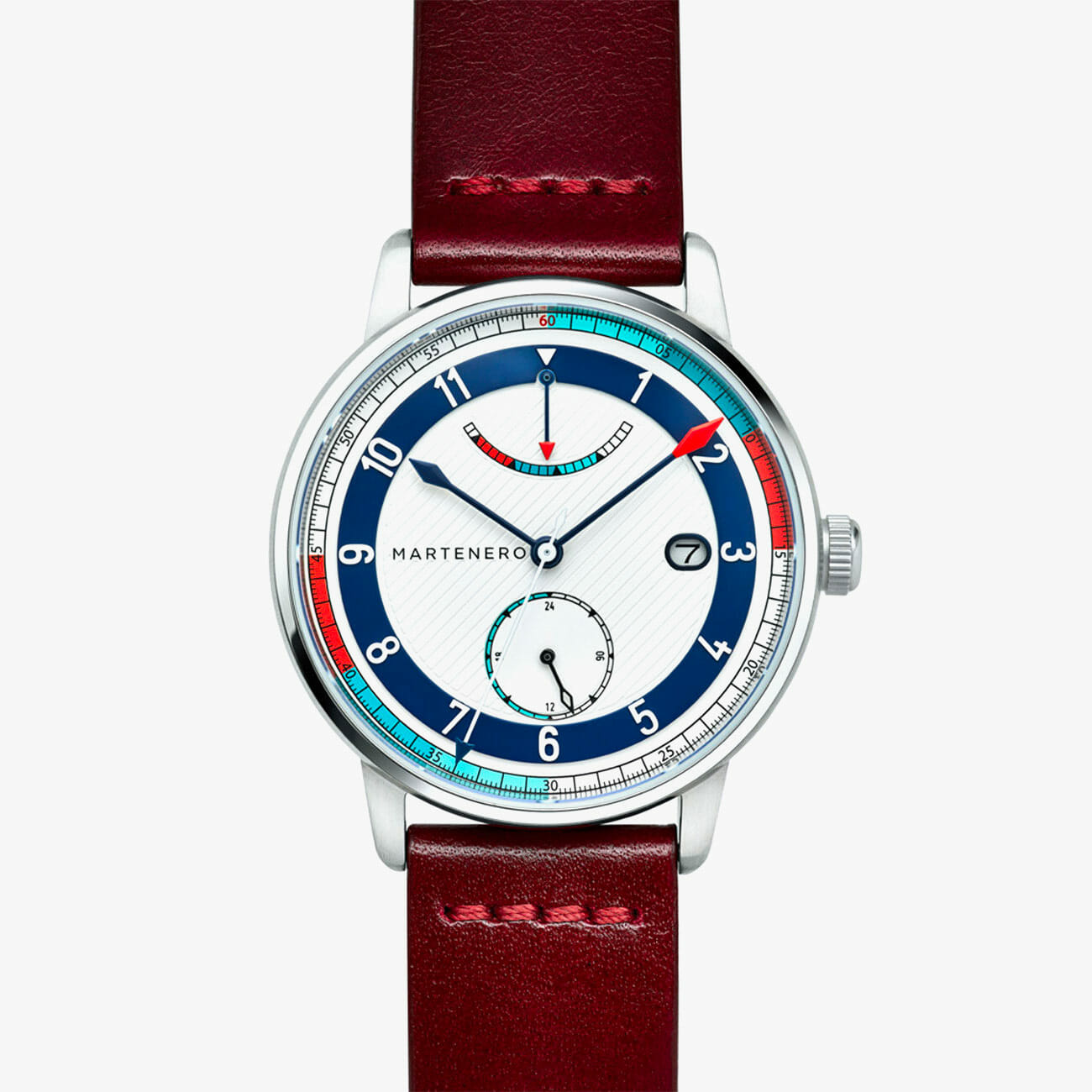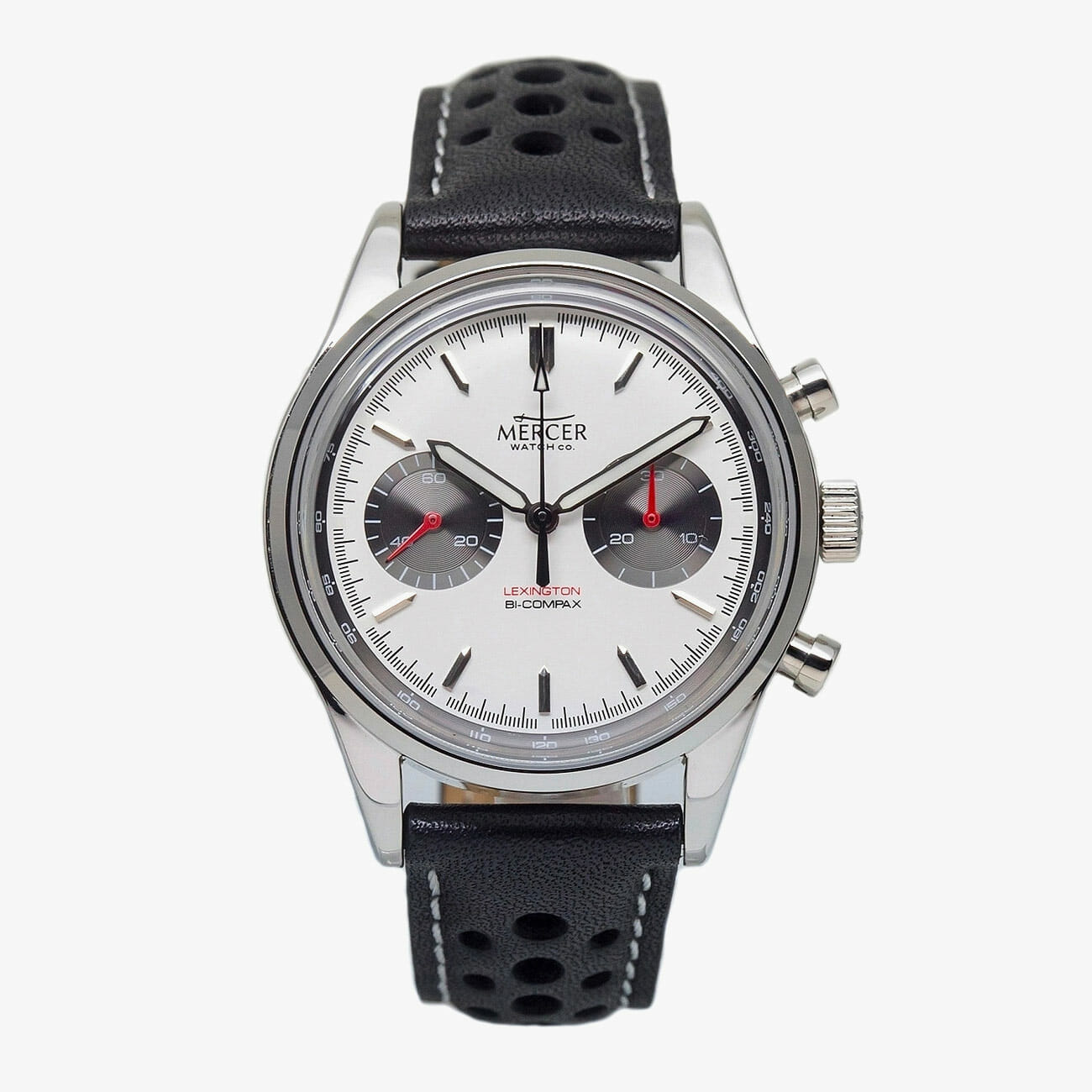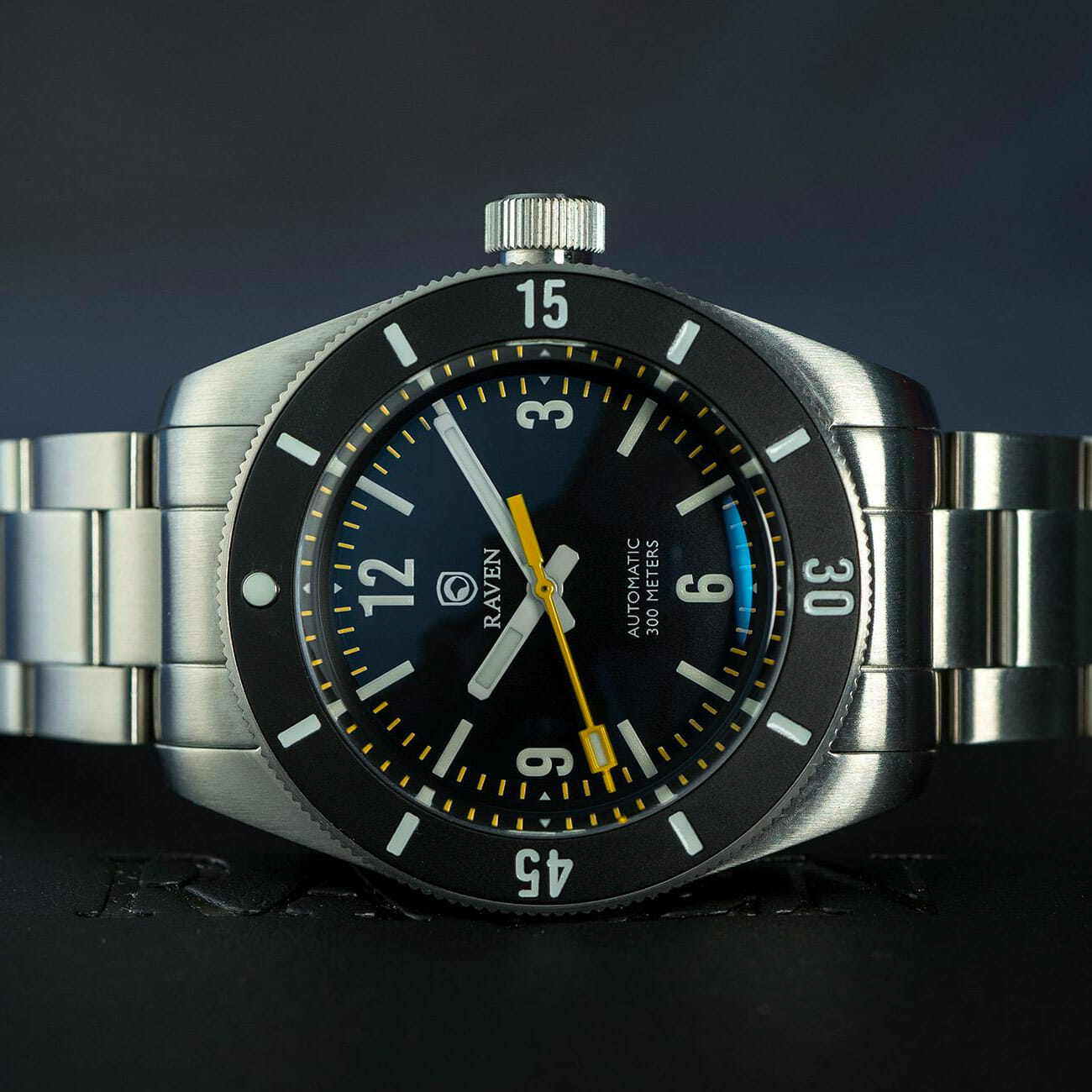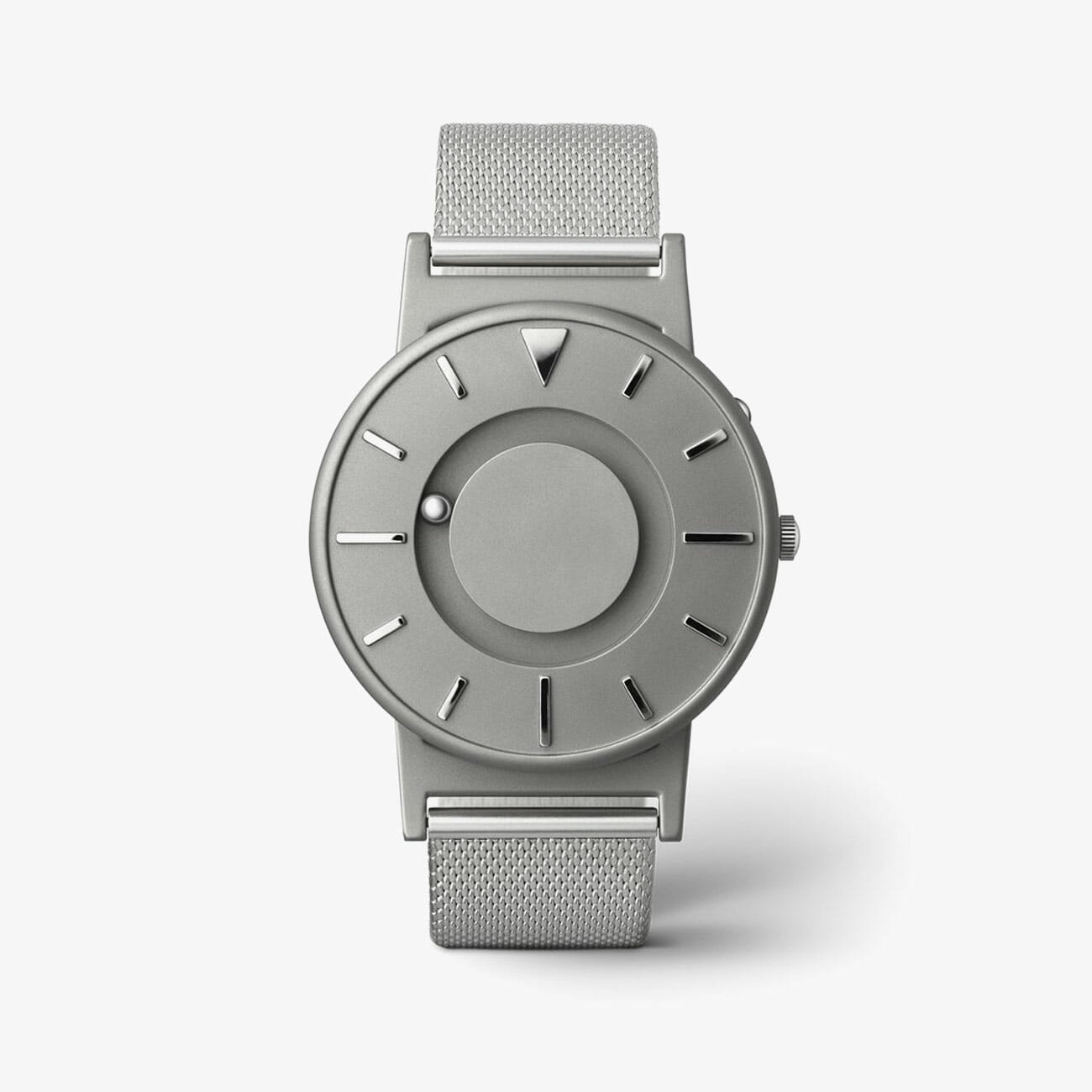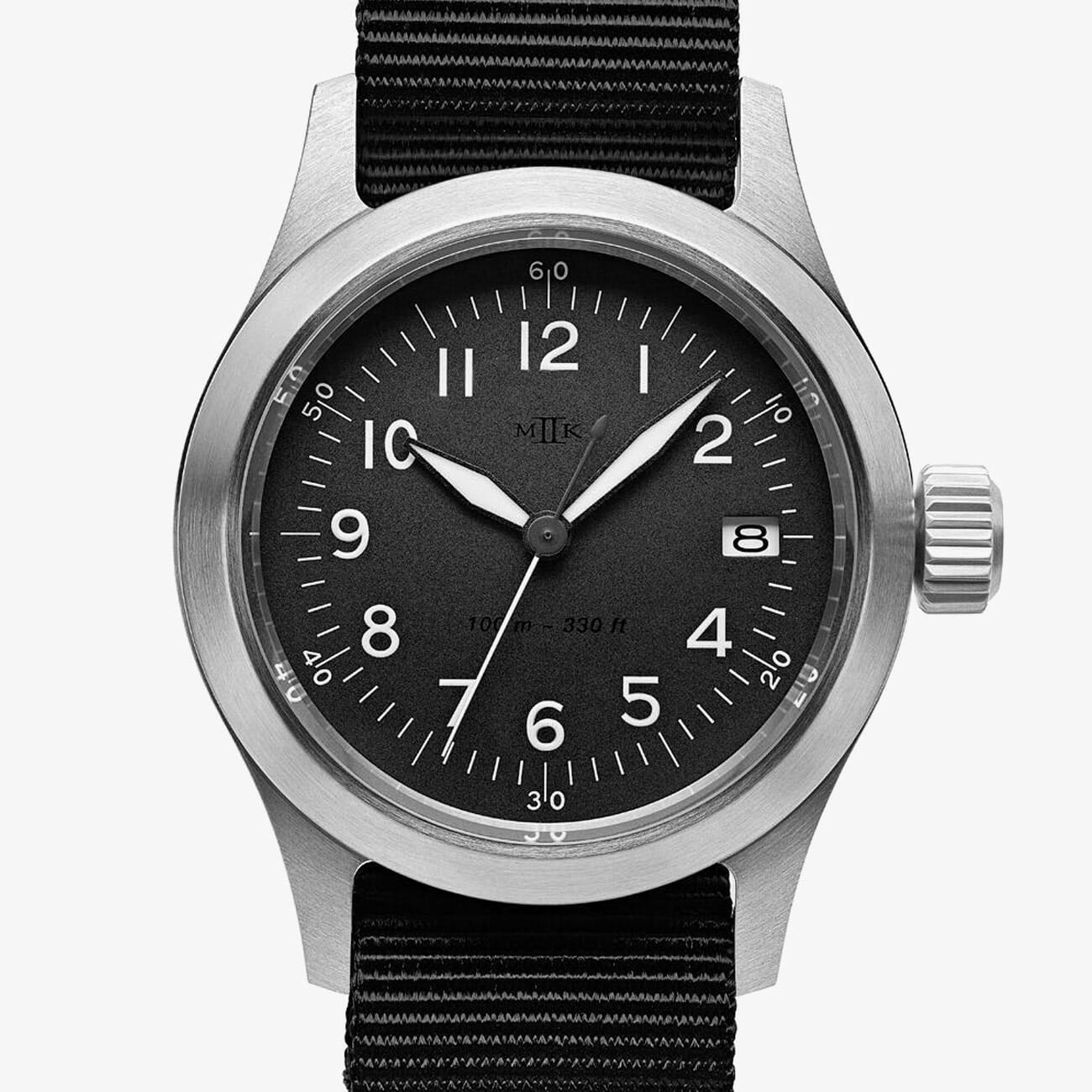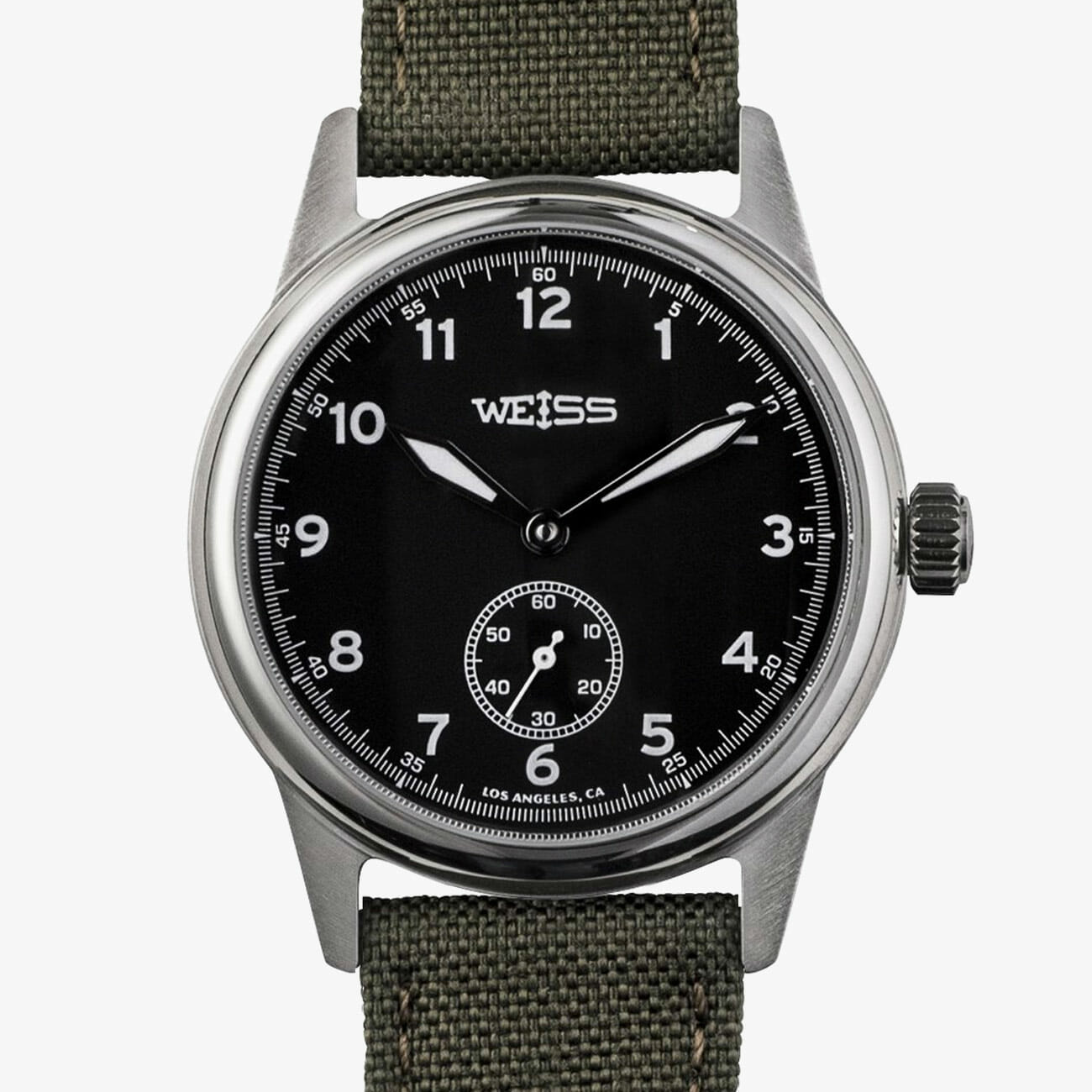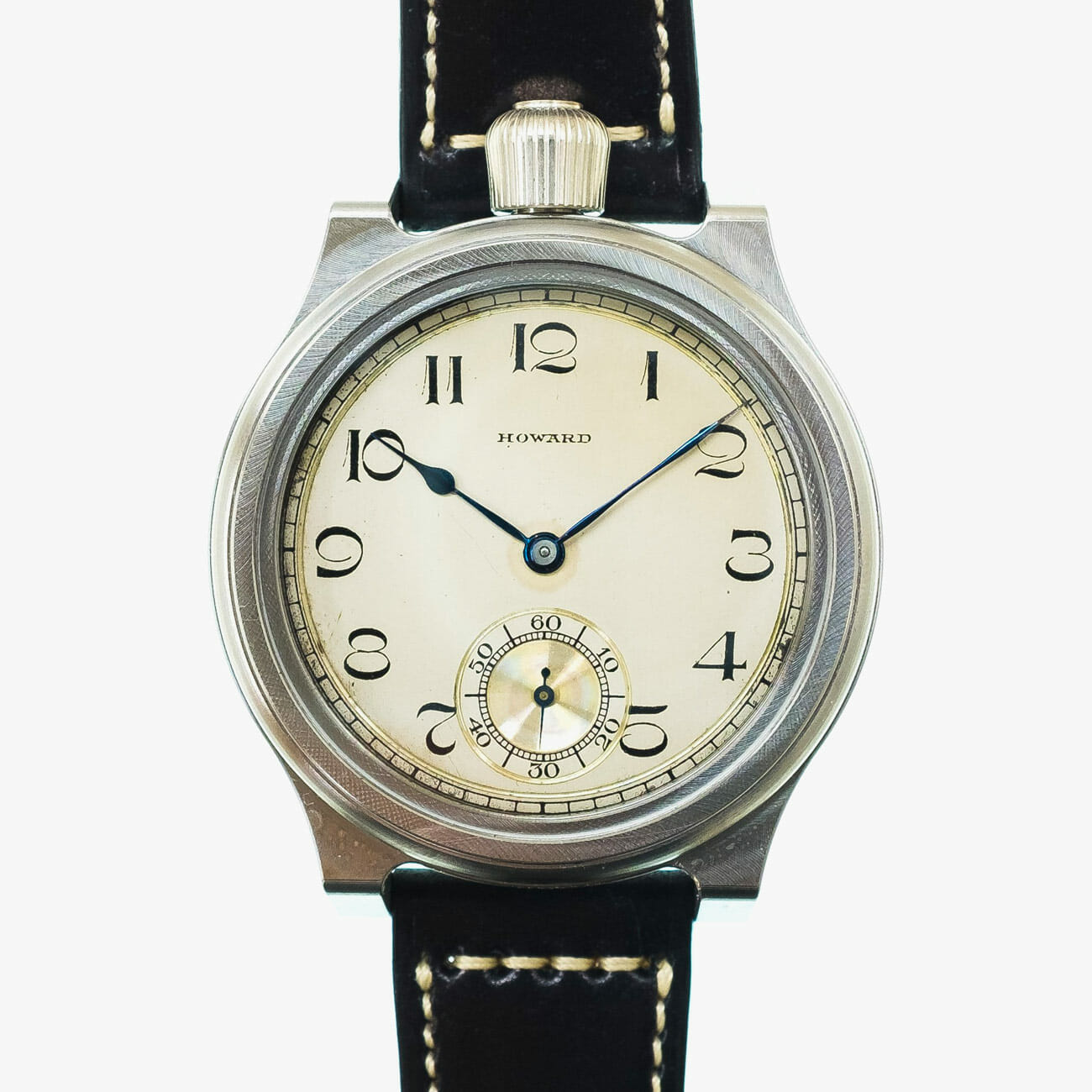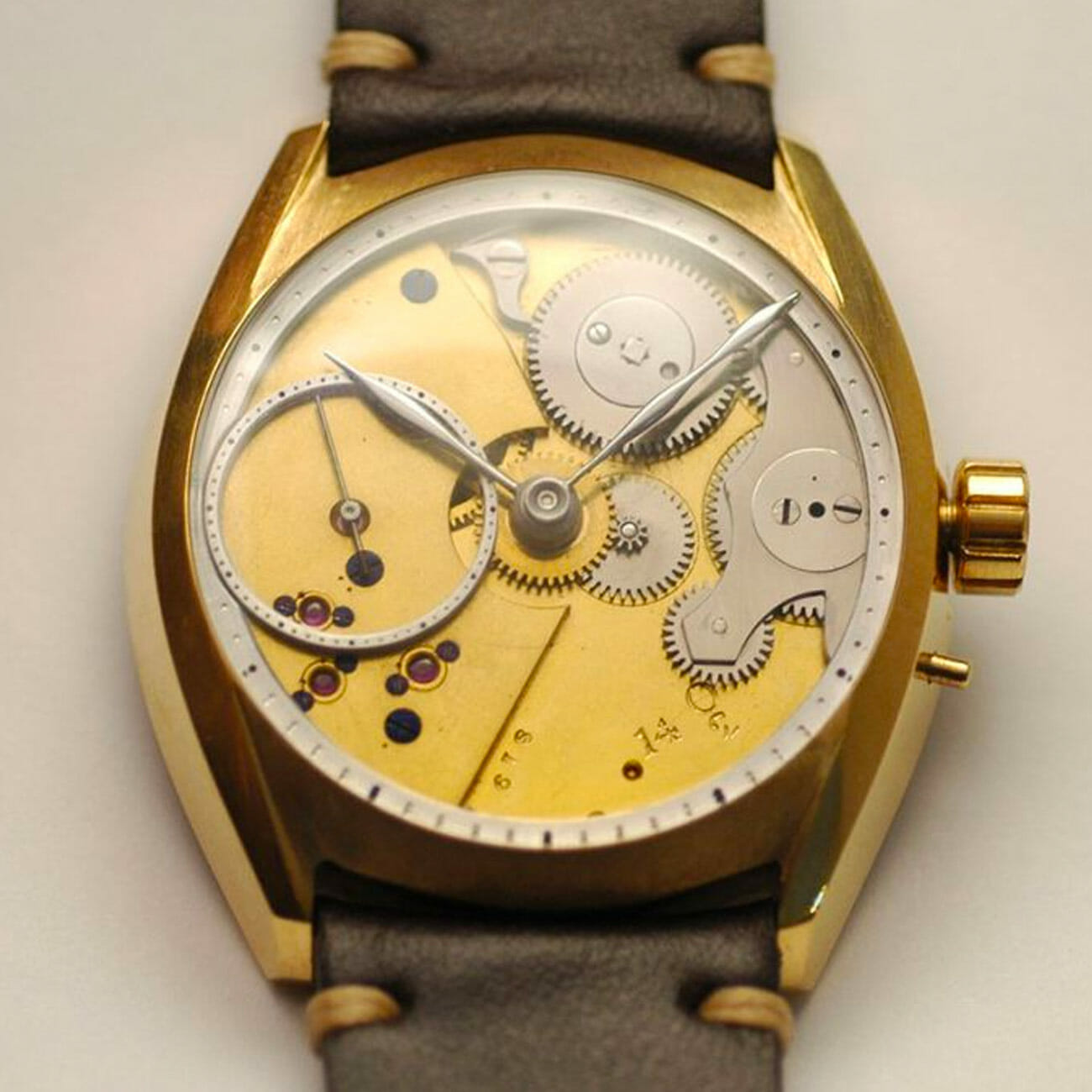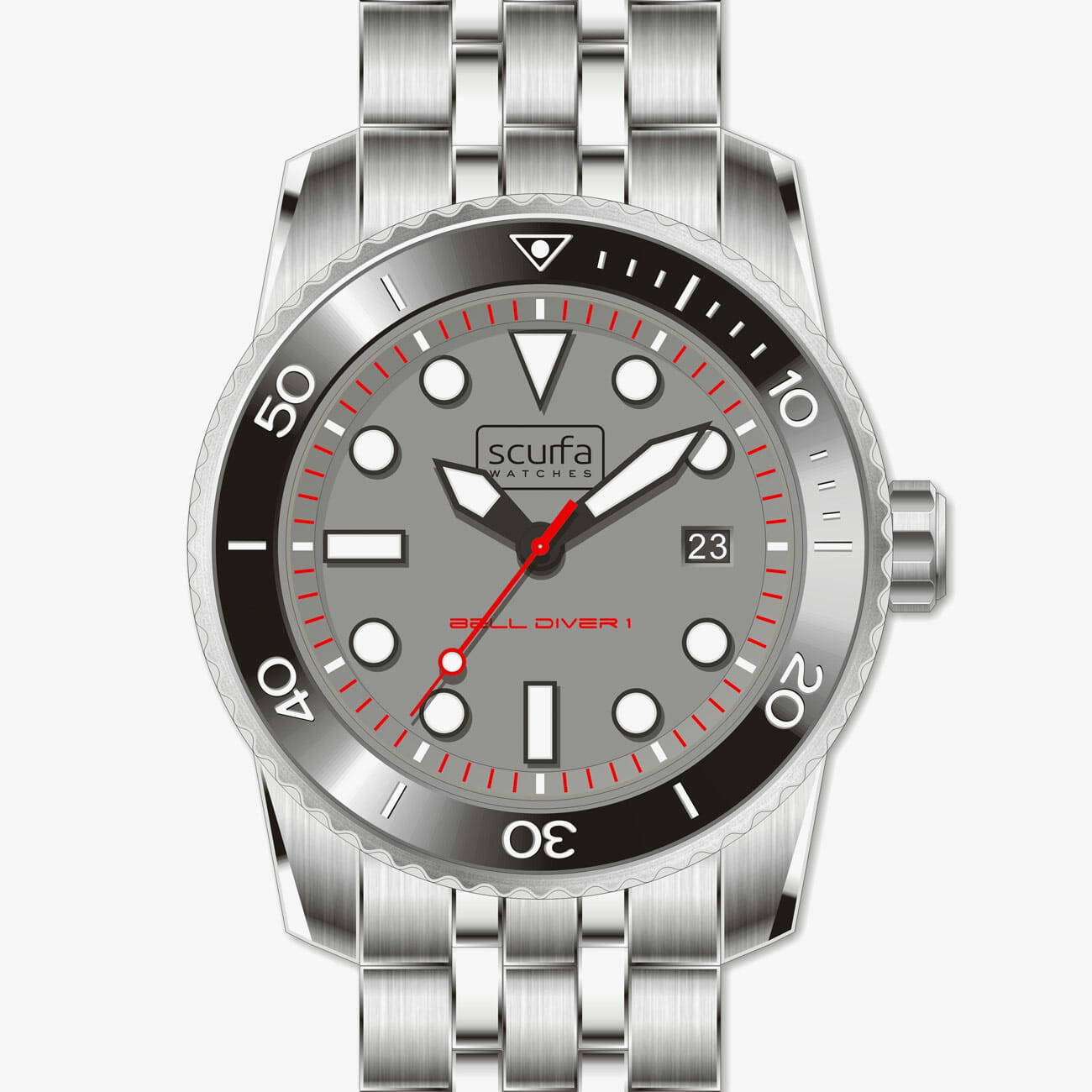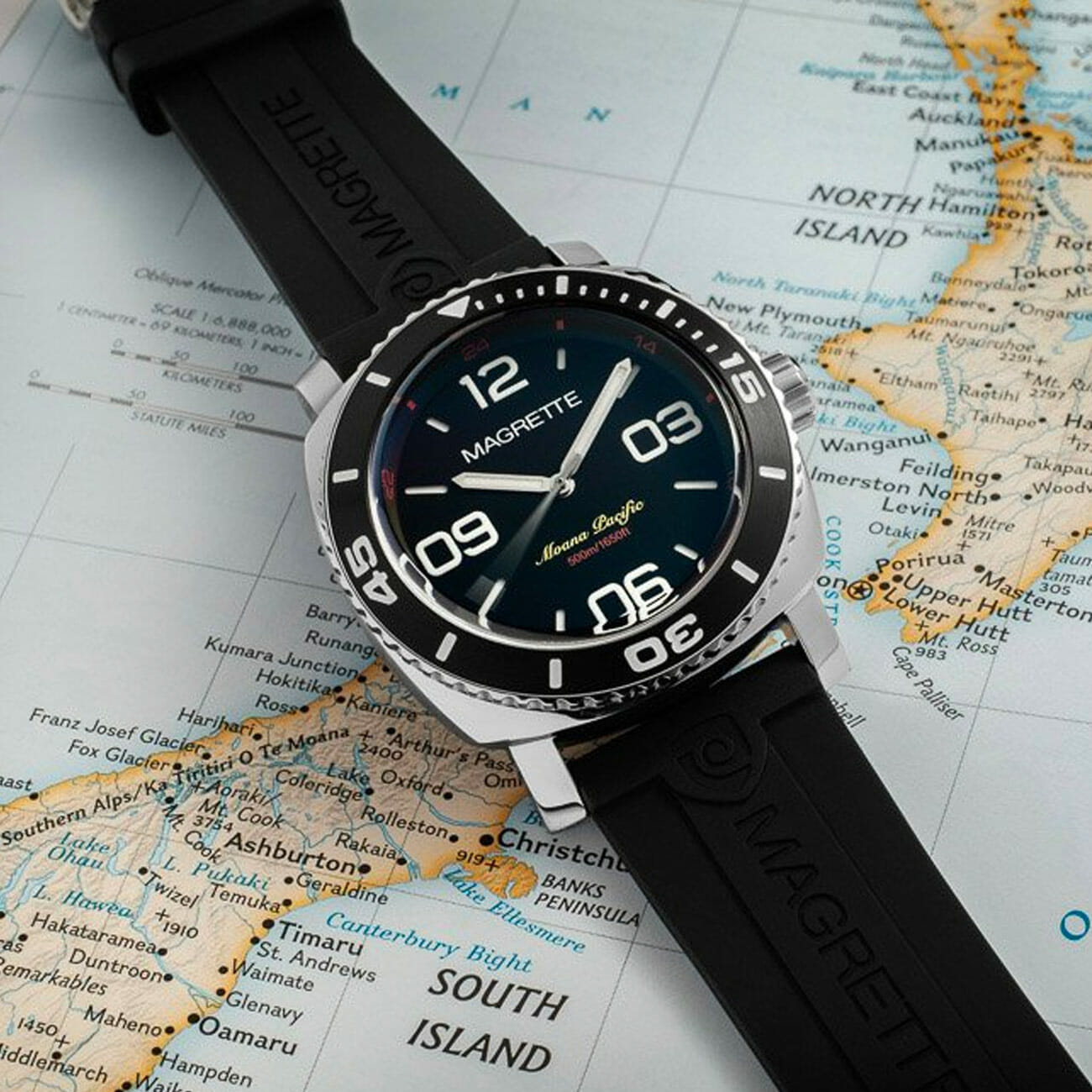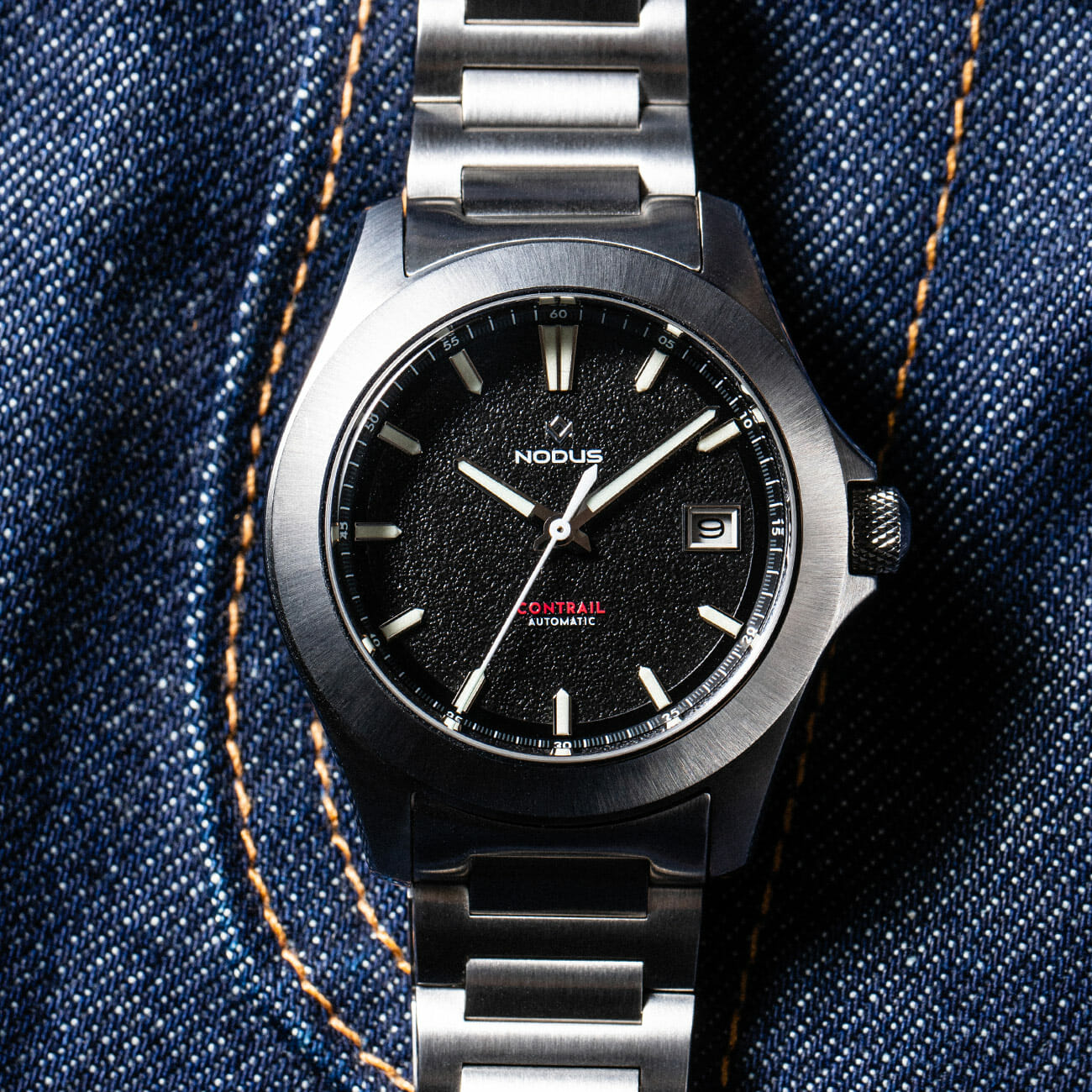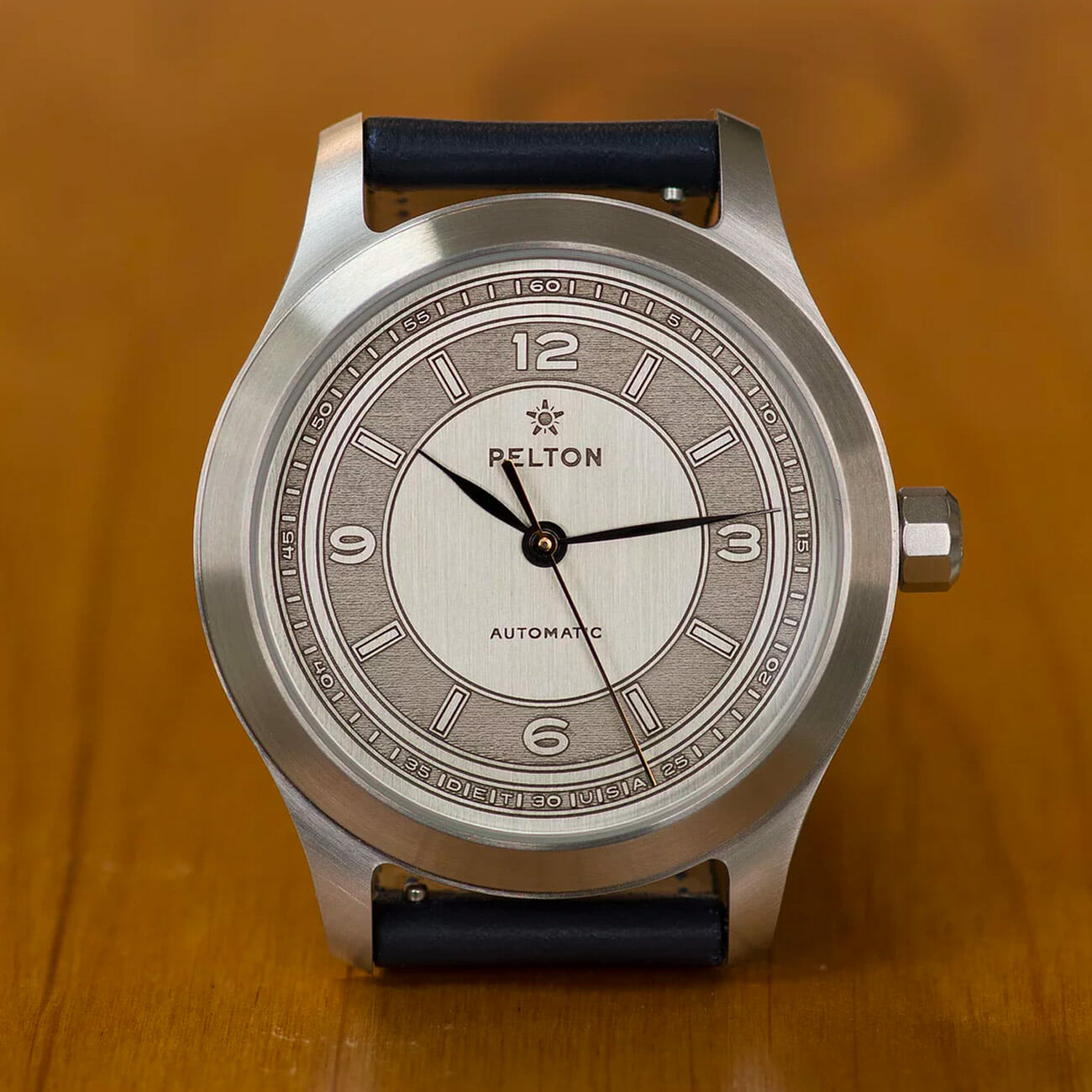James Stacey, in an excellent essay published on Hodinkee in August of 2018, laid out a conundrum in the watchmaking world: watch fans want to buy “microbrand” watches, yet brands hate the moniker.
“[Microbrand] operates as a blanket term for small watch brands that operate online, which lumps quality producers in with scam artists and get-rich-quick schemes,” Stacey wrote, while at the same time, insisting that it was a useful term (legitimate enough to be found on Wikipedia) that could be applied to quality brands.
So what is a “microbrand”? We can likely agree on several parameters: It’s a brand that is independently owned, often run by a single person or a team of a few people; that produces watches in small batches, at a rate of several hundred to several thousand a year; that often outsources at least one significant part of its watches to be made elsewhere, whether in Asia or Switzerland; and that “cuts out the middleman” by selling its watches online, straight to consumers (though some will also sell in retail locations).
This definition does not exclude the ugly parts of the term: Kickstarter frauds and trend-chasers who know nothing about watchmaking can and do check those boxes, without supplying any quality to the mix. But in furtherance of Stacey’s idea—that there are quality microbrands out there, that deserve our attention as buyers and watch lovers, it’s time for a guide to the reputable microbrands, which operate worldwide and produce a vast scale of watches in different styles and price points.
Farer
This British company unveiled its first few pieces in 2015, all of them powered by Swiss quartz movements and made notable by ‘60s-era designs touched by a tropical color palette. They made the jump to mechanical movements in 2016 with a line of three watches powered by the ETA 2824-2. (We particularly enjoyed the Beagle.) In the days since, they’ve added a GMT, hand-wound dress watches, an automatic chronograph, and a dive watch with a “super compressor” case and internal rotating bezel — diversifying their portfolio in all the right ways.
Based In: Great Britain
GP’s Favorite Watches: Aqua Compressor Leven (~$1,385), Beagle Three-handed Automatic (~$1,107)
Autodromo
When we asked Autodromo’s founder, Bradley Price, if he was interested in being interviewed for a story on American watches a few years back, he politely declined. He didn’t consider himself an American watchmaker, per se, he said. In fact, Price doesn’t really cop to being a watchmaker at all. He’s a watch designer, centering his creations around a love of vintage automobiles. Many have been inspired to attempt making a watch that harks back to an old car’s gauges; the consistency with which Price has delivered sharp, novel designs to that effect has floored a loyal fanbase and, more recently, Ford, who this year tapped Price to make their high-end, customizable GT Owners Watch.
Based In: USA
GP’s Favorite Watches: Ford GT Owner’s Watch ($11,500), Group B Series 2 Automatic ($975)
anOrdain
There are a number of production techniques you’ll hear often around the “microbrand” world: straps made from locally-sourced leather; hands designed in-house. One technique you will not hear about often is the grand feu enamelling of a dial. This is because the process is a very difficult and highly inefficient one, involving layers of glass applied to a metal substrate in a very hot oven. The six-person team at Scottish brand anOrdain (named after a local loch) builds an entire watch around this process. Their Model 1 is a three-handed automatic in a 38mm case, but nobody who looks at the watch will care much about that: they’ll be transfixed by its vibrant dial, whether in post office red, iron cream, translucent blue, pink, or Hebridean blue.
Based In: Scotland
GP’s Favorite Watches: Model 1 in Post Office Red (~1,326)
Baltic
Baltic’s silver bullet to conquer the heritage and homage boom? Simplicity. The French company uses Asian manufacturing and movements to keep costs below $1,000. Yet their watches capture the essence of vintage timepieces, boiling design elements into a retro concentrate of sorts. Take for instance their newest pre-order, the Aquascaphe — a tool watch that recalls several different dive watches from the 1960s. Fans of vintage dive watches who can’t afford a four- or five-digit watch can get Baltic’s for less than $600 on preorder.
Based In: France
GP’s Favorite Watches: Aquascaphe (~$550) ; Bi-Compax (from ~$614)
Monta
Where other American watch brands have failed, Monta, a maker of bombproof, higher-end steel sports watches, is flourishing. Before creating the brand, its founder, Michael DiMartini, began Everest Straps, which became a darling among Rolex fans (traditionally a tough crowd) for their line of active straps made specifically for Rolex sports models. Monta’s watches feature large, visible dial markings and numerals and are powered by Swiss movements. And, after pushback on their pricing, they’ve adjusted their Oceanking and dropped its price from the original $3,500 to less than $2,000. It’s the highest form of tool watch yet from a microbrand.
Based In: USA
GP’s Favorite Watches: Oceanking ($1,925); Skyquest ($1,925)
Unimatic
Made in Italy using Seiko movements, Unimatic’s watches are a minimalist, affordable response to the vintage timepiece trends. Its founders Giovanni Moro and Simone Nunziatom are industrial designers who’ve been been making (and selling out) watches in Italy since 2015. One of their latest creations, the U1-E, adds more markings and lines to both bezels and dials; the U1-EM brings to mind the simplistic design bones of the great dive watches that came before, eschewing, for instance, bezel markers in favor of bare, matte black aluminum. Don’t ignore their in-house cases, which are anti-magnetic and water-resistant to 300 meters, or their made-to-order options, which include engraved cases.
Based In: Italy
GP’s Favorite Watches: U1-EM (~$596), U1-E
Orion
Nick Harris got his start modding Seikos in his childhood bedroom. Now, after completing two years at Seattle’s Watch Technology Institute, he’s able to work full-time on his microbrand, Orion. That brand has already produced one watch, the Orion 1, that got Harris’s business off the ground. That watch, a 38mm looker with dress watch bones and a touch of field watch style, sold out quickly. His next batch, the Calamity Diver, was inspired by an entirely different design directive: make a thin dive watch. This meant Harris moving away from the Asian movements he’s known so well to a Swiss-made ETA 2892; the new watches also received ceramic bezel inserts and contoured case backs for better fit. It also means Harris moved in the market from lower-end, Seiko-level prices to upwards of $1,000 — a testament to the quality of the new wave of American watchmaking.
Based In: USA
GP’s Favorite Watches: Calamity Diver ($1,495)
Zelos
A huge number of microbrands (and much larger luxury brands) make their watch parts in Asia. And yet, few brands smaller than Seiko, Orient and Seagull had broken through in the microbrand scene until Zelos launched three consecutively successful watches on Kickstarter, starting in 2014. Its founder, Elshan Tang, is a former mechanical engineer. His fascination with watch movements and unique design translates to dive watches with movements ranging from Seiko to ETA and cases made using nontraditional case material like bronze, carbon fiber, and Damascus steel.The Abyss 2 and Helmsman 2 are deep watch forum favorites, but they’re both sold out, or near to it.
Based In: Singapore
GP’s Favorite Watches: Abyss 2 (sold out), Helmsman 2 ($649)
Gorilla Watches
Octavio Garcia, an American born in Chicago, is most famous for his design work at Omega and Audemars Piguet. Lukas Gopp is an Austrian who worked for IWC, Ralph Lauren watches, and AP. That they both left osome of the most prestigious watchmakers in the world to design automotive-inspired, modernist watches that cost $1,000 rather than $100,000 should make microbrand fans’ hearts swell. Their watches aren’t for everyone — when their first watch, the Original, was released, Jack Forster over at Hodinkee wondered aloud whether it was an exercise in campiness or not. Their portfolio has only increased since the release of that watch back in 2016, and they continue to offer bombastic (and perhaps, campy) modernist watches at much lower prices than that of the high-end Swiss competition.
Based In: Switzerland
GP’s Favorite Watches: The Original, Mirage ($1,150)
Dan Henry
There is a concern among those who trouble themselves with such things that microbrands are engaged in a “race to the bottom” in pricing. Many brands on this list prove that’s not the case, but Dan Henry is not one of them. Take the Dan Henry for what it is: Henry, a prolific collector of vintage watches, decided to create a full line of watches inspired by every decade between 1930 and 1970, all of them priced less than $300. That price is bare-bones for finishing QC. But it’s also putting a mechanical watch in your pocket, and many of Henry’s designs are extremely well executed.
Based In: Brazil
GP’s Favorite Watches: 1970 Automatic Diver ($270)
Halios
Halios is a microbrand OG. Since its launch in 2009, it’s focused on making sleek dive watches inspired by 1960s design, with Swiss movements and high-quality finishing for less than $1,000. Its adherence to these tenets has won it both admiration and a consistent state of being sold out (keep close tabs on Halios ahead of their next product launch if you want to land one). Its release in 2018 of the Seaforth GMT, a $900 beauty of a watch with an ETA GMT movement, proves its rabid fans right — and is proof that microbrands have staying power.
Based In: Canada
GP’s Favorite Watches: Seaforth GMT (Sold Out)
Oak & Oscar
Oak & Oscar’s founder, Chase Fancher, has said he wants his watches to be talked about forty years from now. He’s made it a tenth of the way so far. Since 2015, he’s released four watches, each to critical acclaim: The Burnham, debuting the “sandwich dial” style; The Sandford, a GMT with a rotating inner bezel; The Jackson, a chronograph; and now, The Humboldt, a field watch with a 12-hour bezel. The latter is the first watch the brand will make in continuous fashion, rather than in limited-edition batches.
Based In: USA
GP’s Favorite Watches: The Humboldt ($1,450+)
Brew
Jonathan Ferrer got his start in watch design at Movado, during an internship during his junior year at the New Jersey Institute of Technology. He founded Brew Watches in 2015. His designs, inspired by industrial espresso machines, helped him raise $40,000 on Kickstarter, and in 2017 he shipped about 200 watches, made from Japanese and Chinese parts assembled in Switzerland. In 2018, he released Brew’s new Retrograph line, his best yet. The rectangular watch has a classic American design bent, with markers to time your espresso pull by. It’s powered by a Seiko meca-quartz movement, and Ferrer assembles it himself, in Brooklyn. The result is a lot more than you’d expect out of a watch inspired by coffee.
Based In: USA
GP’s Favorite Watches: Retrograph ($350)
Martenero
Martenero’s been bringing art deco flair to microbrand watchmaking since 2014. The brand’s initial approach included a customizable angle on dressy watches — swap a black seconds hand for an orange one, say, and decide whether that should be set against a navy or white dial. In recent years, that approach has been nixed in favor of providing a number of set colorways and combinations. It still works. And the brand has matured especially with its last two watches, the Edgemere Reserve, an update on the unique nautical look of their original Edgemere, and the Kerrison, which sharpens the aesthetics of the brands earlier, more reserved dress watches.
Based In: USA
GP’s Favorite Watches: Edgemere Reserve ($530), Kerrison ($595)
Mercer
The Princeton, New Jersey, brand has made eight watches and is slightly more forward in its capital-P Philosophy than other small brands: “Some big name watch companies produce watches in the same factories we do, yet charge much more,” the brand writes. Mercer’s pricing walks the walk: using lesser-known mechanical movements, like the Seagull ST1901 chronograph and STP 1-11 automatic, as well as Ronda quartz, it keeps watches at or under $600 (or $250 for the quartz).
Based In: USA
GP’s Favorite Watches: Durham ($629), Lexington Chronograph ($529)
Raven
Its watches have been borne, since 2008, out of a self-admitted obsession with Rolex divers. And Raven does the homage watch well: those early models captured the cool style of vintage Submariners, with Miyota movements and without the Rolex price tag. Their current line has kept the cool, but shied away from the Rolex worship. Each chunky diver does its own thing — the Trekker at a smaller 40mm, the Venture at 42mm with pops of color, the Titanium Deep as a bezel-y monster, the Endeavor a 44mm classic and powered by the ubiquitous ETA 2824-2 automatic. Each is under $1,000.
Based In: USA
GP’s Favorite Watches: Endeavor ($750), Trekker ($850)
Eone
Eone vaulted to headlines as big as The New York Times in 2015 for its instantly iconic watch that allows users to tell time by touch, the Bradley. Eone’s founder, Hyungsoo Kim, had the idea for the watch when a blind classmate at MIT felt uncomfortable using his talking watch during class. His design uses two magnetic balls to track hours and minutes, one rotating around the dial, the other around the edge of the case. But the buzz about the Bradley was about more than just the clever design. After speaking to blind focus groups, Kim realized the blind wearers were just as worried about the watch’s appearance as a sighted wearer. The compromise between utility and visual appeal led to the final product, a slick, modernist watch that was nominated for the London Design Museum’s annual award. The company now offers more than 20 versions of the watch, with different textures and looks.
Based In: USA
GP’s Favorite Watches: Bradley ($285+)
MKII
The name says it all. Bill Yao works alone on homage-style watches that re-imagine classics with updated materials and an obsessive focus on quality control — a “Mark II,” or a second try at the original. Yao harbors few illusions: his watches are pure homages of the greats, like the Blancpain 50 Fathoms, IWC and JLC Mk.11 or the US special operations-utilized Benrus Type I and II watchesd, with similar dimensions and stylings. He adds more affordable movements from ETA and Japanese makers, and, despite his intense (and often laborious) handiwork, the price of the original not-so-magically sinks into the realm that an ordinary guy can afford.
Based In: USA
GP’s Favorite Watches: Hawkinge ($595+), Paradive G3 ($895)
Weiss
What does a fully American-made watch look like? Weiss has done more to edge us toward the answer to that question than any other new brand in the past ten years. Their 42mm American Issue Field watch has a case, dial and sapphire crystal made in the US,and its Cal 1003 movement is mostly manufactured in the US, too. Their new 38mm Field Issue opened their classic design to those with smaller wrists, and they just released a very limited edition “Gauge Series” with a cool new, Land Rover-inspired look.
Based In: USA
GP’s Favorite Watches: 38mm Standard Issue Field ($950)
Vortic
Why concentrate on the troubles of modern American watchmaking when you can re-use its beautiful past? It’s not so simple, of course. Vortic, based out of Colorado, custom-designed its cases and a proprietary system to hold the antique pocket watch movements, dials, and hands that are placed inside of them. Their latest line, the Railroad Edition, uses only refurbished “railroad grade” watches made by American companies like Elgin, Waltham, and Illinois.
Based In: USA
GP’s Favorite Watches: Railroad Edition ($2,000+)
Coggiola
Nestled in the heart of Italy is a watchmaking company who specializes only in refurbishing and repurposing traditional watches from…England. Sebastian Salvado, an American living in Rome, first began fiddling with English pocket watches from the 19th century in 2005. In 2015 he founded Coggiola Watch Roma, where he makes by hand and with traditional tools, and without the assistance of CNC machines or computers, every part of his watches except for the movements. Many of the finished pieces have no traditional dials, instead showing off the bones of the English movements inside.
Based In: Italy
GP’s Favorite Watches: Gowland Brothers No. 819 (Contact for pricing)
Scurfa
It’s a common refrain among divers who are also watch aficionados: We want to wear our watches in the water! Paul Scurfield, a saturation diver, started Scurfa with that goal in mind—and at least in origin story, says that his watches are made for people whose Rolex divers “exploded” in value, making them a little too precious to use in practice. His dive watches are a value proposition “tool watch” to the T: every piece, from its screw-down crown to its serious Super LumiNova, is aimed at making an affordable dive watch that can survive 500 meters in the deep.
Based In: United Kingdom
GP’s Favorite Watches: Bell Diver 1 S/S Auto (~$414)
Magrette
Founded in 2007 by Dion Wynyard McAsey, Magrette has spent more than a decade building watches aligned with sailing and diving. The large, cushion-shaped watches have a touch of Panerai about them. And, though the company has strong ties to McAsey’s New Zealand roots, its watches have global reach: the straps are made in Canada, the graphic design is based in Taiwan, the dials are from Germany, and the movements are from Japan and Switzerland.
Based In: New Zealand
GP’s Favorite Watches: Moana Picific Diver II ($660)
Nodus
This LA-based brand has made waves since it was founded in 2017. Its Retrospect, a dive watch with sunburst dial, had watch nerds swooning, and promptly sold out. (It’ll return in 2019, according to their site.) Recently, we thoroughly enjoyed wearing the brand’s new Contrail 39, a solid dive-rated tool watch with an interestingly textured dial. The brand’s trick, thus far, is solid design with fan favorites like sunburst dials, paired with affordable Miyota movements and a solid price point.
Based In: USA
GP’s Favorite Watches: Contrail 39 ($575)
Pelton
After a stint creating ribbon microphones for the pro audio industry, Deni Mesanovic founded Pelton Watches to bring his horological ideas to life. Crafting handmade dials and machining his own cases, Mesanovic has released several models since his company’s inception in 2016, chief amongst which (to our minds) is the Sector and the Sector LE. These models exhibit Mesanovic’s first completely in-house dial, which requires numerous finishing techniques and 6 hours of work to complete. While his watches are amongst the pricier of the micorbrand movement, the effort that goes into a Pelton watch (and especially the dial) more than justifies its price point.
Based In: USA
GP’s Favorite Watches: Sector LE ($1,749)

